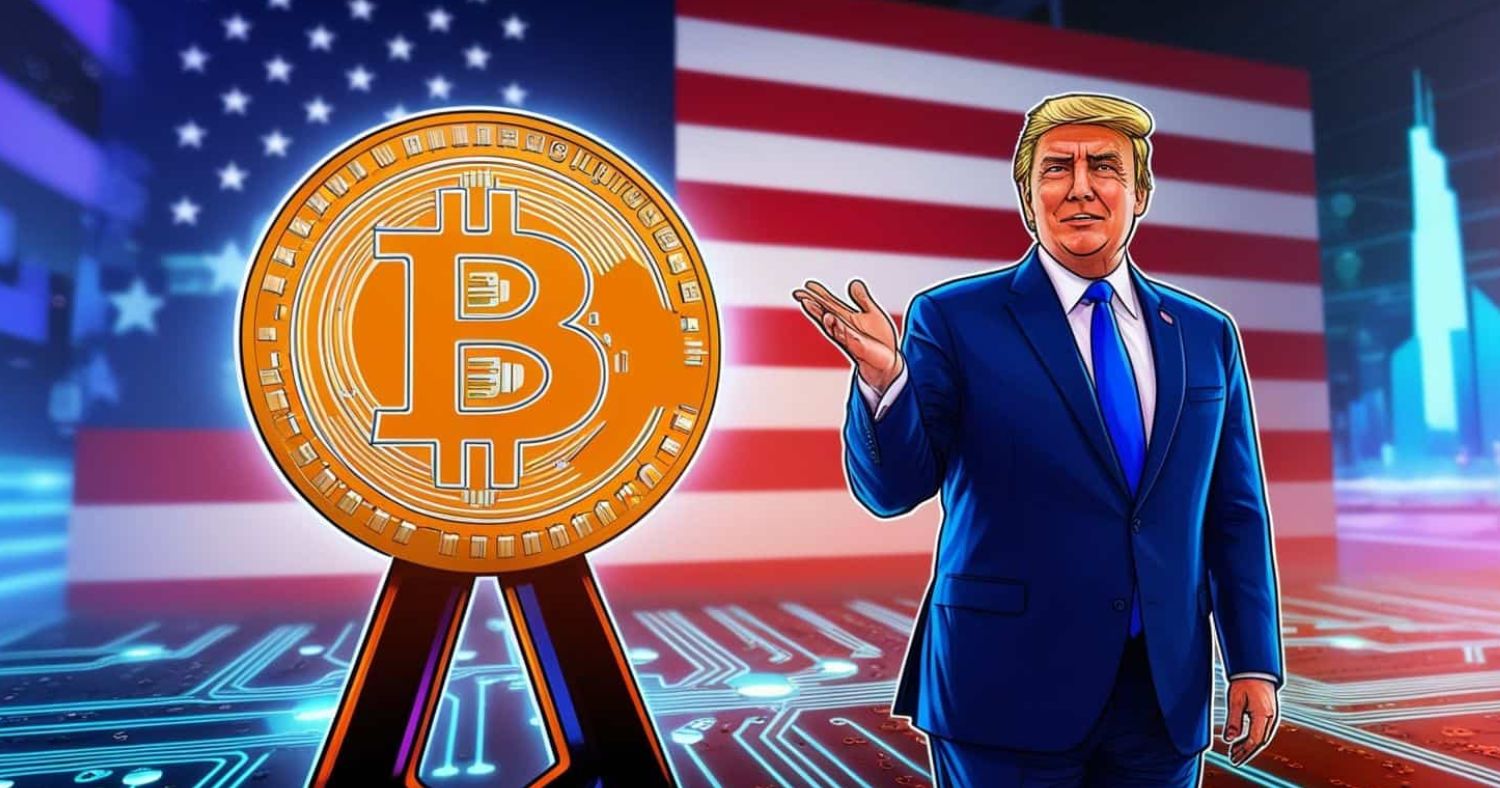In a move that has dominated global headlines, U.S. President Donald Trump has publicly floated the idea of leveraging Bitcoin to tackle the nation’s towering $38 trillion debt. The proposal, made during recent interviews and official statements, marks an unprecedented pivot by a world leader towards the integration of digital assets in sovereign finance—a move that could transform how markets, governments, and investors approach the intersection of crypto and traditional debt.
A Strategic Digital Shift
Trump’s vision—with input from high-profile figures such as Elon Musk and Treasury Secretary Elizabeth Bessent—includes the establishment of a strategic national Bitcoin reserve and a government stockpile of digital assets. This initiative aligns with the administration’s broader push to make the United States the “crypto capital of the world,” advocating formal Bitcoin adoption as both a hedge against fiscal instability and a lever for global financial leadership.
Immediate market reaction was pronounced: Bitcoin soared to new record highs on speculation and renewed institutional interest catalyzed by the president’s remarks. Policy documents, including the GENIUS Act signed earlier in the year, have also referenced laying groundwork for increased federal support of blockchain innovation and digital reserves capacity.
Expert Skepticism and Practical Realities
Despite the market enthusiasm, Trump’s proposition has faced serious scrutiny from financial experts and policy analysts. The core issue lies not in the potential of Bitcoin as a reserve asset, but in the practical feasibility of using digital currencies to settle government obligations at this scale. The U.S. holds approximately 1% of the world’s Bitcoin supply—far short of what would be necessary to meaningfully impact national liabilities exceeding $35 trillion. For Bitcoin to fully offset the total debt, its value would have to rise to astronomical levels beyond current projections.
Furthermore, there are no indications that the U.S. Treasury or Federal Reserve is developing a concrete strategy to repay national debt with crypto assets. Historical precedent does not support the direct tokenization or re-denomination of federal obligations into decentralized currencies. Leading economists warn of significant legal, liquidity, and volatility challenges that such a policy shift could trigger, both domestically and internationally.
Regulatory and Geopolitical Ripples
The administration’s rhetoric has nonetheless fueled speculation about potential future scenarios: tokenized treasuries, sovereign digital reserves, and new crypto-linked financial products. Lawmakers and regulators are closely monitoring the ensuing volatility and are expected to intensify scrutiny of both digital assets and their role within federal financial infrastructure.
What remains clear is that Trump’s Bitcoin proposal has elevated digital assets from the fringes of fintech into the center of macroeconomic debate. Whether this translates to real policy or remains an influential signal to crypto markets depends on evolving legislative, regulatory, and global financial dynamics. For now, the intersection of crypto and sovereign debt remains more theoretical than actionable—but for the digital finance community, the future has never looked more intriguing.
Disclaimer: This article is provided for informational purposes only and does not constitute financial advice. Investors should always conduct their own thorough research and consult with a qualified financial advisor before making any investment decisions in cryptocurrencies, which are highly volatile and speculative assets.
You might be interested in





